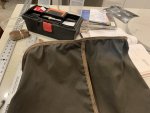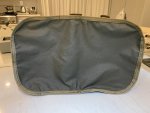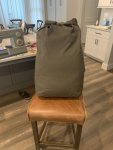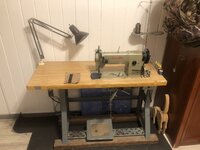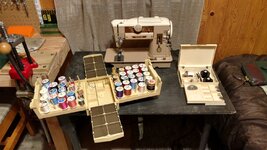WoodBow
WKR
- Joined
- Jul 21, 2015
- Messages
- 1,933
Edge binding reinforces the seam, protects the stitches, and prevents raw edge fabric fraying. It also gives a polished professional look. Not necessary but recommended.
Absolutely make the main part ouf the bag out of one piece of fabric.
Sent from my SM-G975U using Tapatalk
Absolutely make the main part ouf the bag out of one piece of fabric.
Sent from my SM-G975U using Tapatalk

